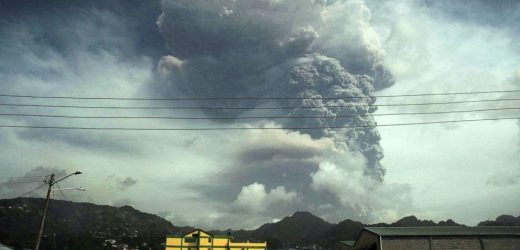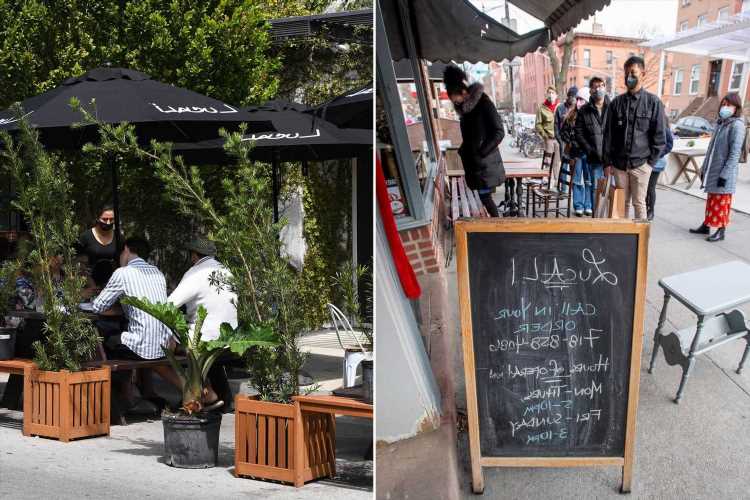PORT-OF-SPAIN, Trinidad — Much of St. Vincent remains covered in ash, following eruptions at the island’s La Soufriere volcano.
After nearly 42 years without an explosion, the volcano in the northern part of the eastern Caribbean island, erupted Friday.
“There’s been three explosive events that occurred during the day,” University of the West Indies Seismic Research Center director, Dr. Erouscilla Joseph, said in an audio statement on the center’s Facebook page.
The ash plume reached as high as six miles into the air, with wind taking it as far as 25,000 feet east of St. Vincent, according to official estimates.
Activity at the volcano continued into Saturday, with Vincentians living close enough reporting that rumblings could be heard coming from La Soufriere, overnight.
“Overnight, we have had more or less an almost continued period of the venting of many ash up into the atmosphere,” Richard Robertson, the UWI Seismic Research Center’s lead scientist monitoring the volcano, said Saturday during a national radio address.
There have been reports of some people’s homes being damaged by the weight of the ash, the Prime Minister of St. Vincent and the Grenadines Ralph Gonsalves said, but he also said those reports have yet to be confirmed.
Officials are now left trying to figure out how to remove the ash.
On Saturday Gonsalves announced during the radio address plans to mount a cleanup operation, beginning in Kingstown, the capital of St. Vincent and the Grenadines.
“It’s a complicated business, you can’t leave it,” Gonsalves said. “But, in the disposal of it, you have challenges.”
Officials were looking into using street sweepers and water from fire trucks.
Friday’s eruptions came less than 24 hours after Gonsalves gave the order for people living closest to the volcano — an area declared the “red zone” — to evacuate their homes.
Shelters have been set up to house evacuees, while the government has also booked hotel rooms for people to take shelter. Over 3,200 people have opted to use shelters.
Gonsalves said there may be delays in getting food supplies to evacuees in shelters, with numbers constantly changing.
Gonsalves asked those impacted by the volacano’s eruption to have patience and remain calm, and said “additional supplies” will be sent.
Some countries have also publicly pledged to send supplies or even personnel, to aid St. Vincent with recovery efforts. Gonzalves said the United States is among those countries Gonsalves said he’s been speaking with.
A number of neighboring Caribbean countries have offered to take in evacuees. Several cruise ship companies have also offered to send ships to transport those evacuees to other islands.
“Those countries are not going to take you unless you are vaccinated, which is understandable in the time of the pandemic,” Gonsalves said.
The last time St. Vincent’s La Soufriere volcano erupted was on April 13, 1979. On Friday, around 8:41 a.m. local time, officials confirmed the first explosive eruption since then. Later that day, two more eruptions occurred.
Source: Read Full Article


